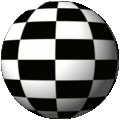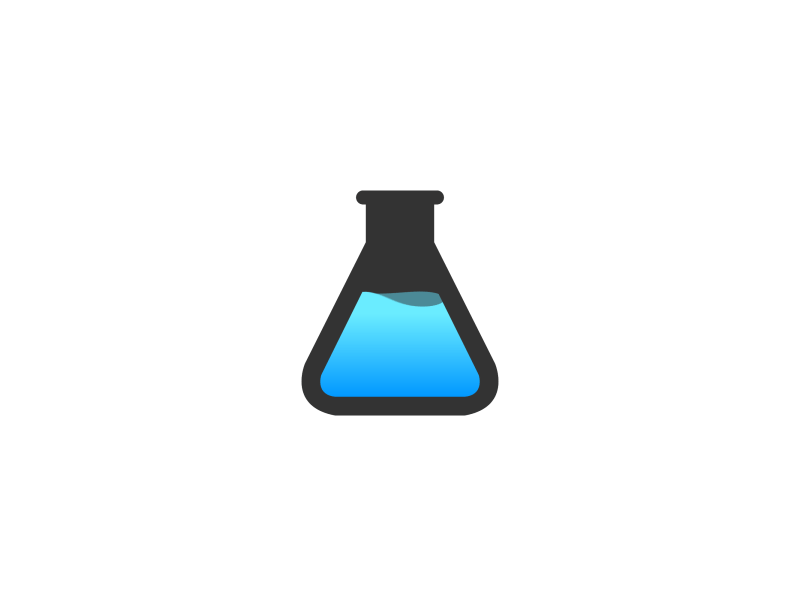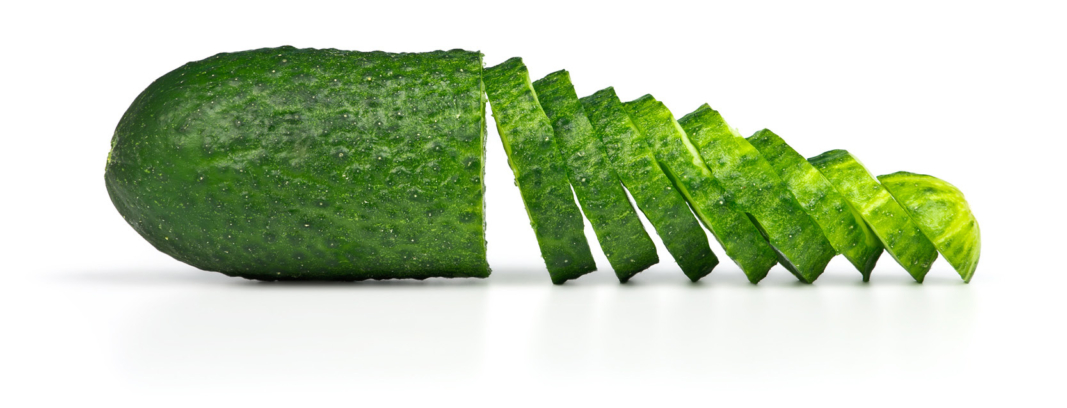Leafy

Autumn really is a wonderful time of year. You can even eat it!!! : )))))))))))
As you can tell by my posts lately, there are many things I love about fall — from the brisk air to the deluge of football to the tantalizing scent of pumpkin spice — but there’s one striking visual that sets autumn apart from any other season: the brilliant hues of red, orange, and yellow foliage. Jackie and I love to go for long walks in the parks and long drives on the weekends, soaking in the incredible beauty of the northeast Ohio landscapes. I know I’ve written a bit in the past about leaves and colors, but I thought it’s a good time to touch on the science (and beauty) that surrounds us. So, here’s a little science, a little history, and a whole lot of fun in salute of the season – enjoy and be sure to click on the music link below to set the mood while reading – one of my favorites. Thanks to you tube, interestingfacts.com, ssec.si.edu, esf.edu, canr.msu.edu, fs.usda.gov, harvardforest.fas.harvard.edu, redbookmag.com, grammarist.com, livescience.com, goodnet.org, slate.com, wiley.com, nowthisnews.com, atlasobscura.com, and dictonary.com.
Deciduous Trees Change Color, But Coniferous Trees Don’t
The bright crimson and gold tones of fall foliage are found primarily on the branches of deciduous trees, an arboreal subset that includes oaks, maples, birches, and more. The word “deciduous” itself stems from the Latin decidere, meaning “to fall off,” and the term is used to describe trees that — unlike conifers and other evergreens — lose their leaves during the autumn as they transition into seasonal dormancy. So, now you can impress the kids by saying – “Yea, that’s a deciduous tree” … (just watch the leaves!).
Deciduous trees have broadleaves: flat, wide leaves that are more susceptible to weather-induced changes compared to the thin needles of their coniferous counterparts. As sunlight decreases and temperatures drop, chlorophyll production in these broadleaf trees ramps up, which in turn gives way to other pigments that produce the red, orange, and yellow tones of autumn. There are some geographic exceptions to this rule, however, as deciduous trees in the southern United States are more likely to maintain their green color than those in the North, primarily due to the region’s milder winters.
A Leaf’s Color is Determined by It’s Tree Type
There are three different pigments responsible for the coloration of autumn leaves: chlorophyll, carotenoids, and anthocyanin. Chlorophyll, the most basic pigment that every plant possesses, is a key component of the photosynthetic process that gives leaves their green color during the warmer, brighter months. The other two pigments become more prevalent as conditions change. Carotenoids are unmasked as chlorophyll levels deplete; these produce more yellow, orange, and brown tones.
Though scientists once thought that anthocyanin also lay dormant during the warmer months, they now believe that production begins anew each year during the fall. The anthocyanin pigment not only contributes to the deep red color found in leaves (and also fruits such as cranberries and apples), but it also acts as a natural sunscreen against bright sunlight during colder weather.
During the transformative autumnal months, it’s easier to discern the types of trees based on the color of their leaves. Varying proportions of pigmentation can be found in the chemical composition of each tree type, leading to colorful contrasts. For example, red leaves are found on various maples (particularly red and sugar maples), oaks, sweetgums, and dogwoods, while yellow and orange shades are more commonly associated with hickories, ashes, birches, and black maples. Interestingly, the leaves of an elm tree pose an exception, as they shrivel up and turn brown.
The Etymology of the Word “Fall” Refers to Falling Leaves
Prior to the terms “fall” and “autumn” making their way into the common lexicon, the months of September, October, and November were generally referred to as the harvest season, a time of year for gathering ripened crops. Some of the first recorded uses of the word “fall” date back to 1500s England, when the term was a shortened version of “fall of the year” or “fall of the leaf.”
The 1600s saw the arrival of the word “autumn,” which came from the French word automne and was popular among writers such as Chaucer and Shakespeare. By the 18th century, “autumn” became the predominant name for the season in England, though over the following century, the word “fall” would grow in popularity across the Atlantic. But while some proper British English linguists consider fall to be an Americanism, the term actually originated in England, and both “autumn” and “fall” are used interchangeably today.
When English poets started using the phrase “the fall of leaves” it became very fashionable to call the season fall. But by the mid-1800s, after the split of the colonies from England led to language change, England reverted back to Autumn and the American upstarts retained fall.
American Trees Produce Redder Leaves Than Northern European Ones
While America is home to a wide array of both reddish and yellow autumnal hues, trees in Northern Europe are more universally yellow in color. One fascinating theory for why that is goes back to 35 million years ago. During the ice age of the Pleistocene era, America’s north-to-south mountain ranges allowed for animals on either side to migrate south to warmer climates, whereas the east-to-west Alps of Europe trapped many animal species that became extinct as freezing conditions took hold in the north. The result was American trees producing more anthocyanins — and thus a darker red color — to help ward off insects, whereas European trees didn’t need to do the same, since extinct insect species no longer posed a threat. This phenomenon also occurred in East Asia, where forests bear a similar resemblance to those in America, as opposed to the uniquely yellow forests of Northern Europe. (USA! USA! USA!)
——> Bonus Trivia <——
More People Fall in Love in Fall
Does cold weather make you want to cuddle with someone? You are far from alone. According to Redbook, the cooler weather in fall makes people want to get closer to others and not be alone for the winter. So get ready to snuggle in the fall.
You Can See the Brightest Full Moon in Fall
The full moon in the fall that occurs during the equinox is much brighter (almost orange) and rises much earlier than a typical full moon. This full moon, called the Harvest Moon) occurs sometime in September or October and it was very helpful for farmers who used the moonlight to help harvest their crops.
Try Tempura-Fried Maple Leaves – A Japanese Delicacy
While most Americans rake up autumn leaves and throw them into a garbage bin, in Japan, they are the main ingredient of a delicacy. Momiji tempura is a popular snack that originated in the city of Minoh, about 10 miles north of Osaka, where the first commercial fried leaf vendor opened in 1910. Legend has it that around 1,300 years ago, a traveler was so taken by the beauty of the autumn maple leaves in the region that he decided to cook them in oil and eat them. Fear not if you’re a germaphobe, though — the leaves used in momiji tempura are freshly picked off trees, never scooped up from the ground. Preparation involves soaking the maple leaves in salt water (sometimes for up to a year), frying them in a tempura batter, and coating them with sugar and sesame seeds for a sweet, crunchy treat.
::::::::::::::::::::::::::::::::::::::::::::::::::::::::::::::::::::::::::::::::::::::::::
DO YOU LIKE CONTESTS?
Me, too.
As you may know the Kowalski Heat Treating logo finds its way
into the visuals of my Friday posts.
I. Love. My. Logo.
One week there could be three logos.
The next week there could be 15 logos.
And sometimes the logo is very small or just a partial logo showing.
But there are always logos in some of the pictures.
So, I challenge you, my beloved readers, to count them and send me a
quick email with the total number of logos in the Friday post.
On the following Tuesday I’ll pick a winner from the correct answers
and send that lucky person some great KHT swag.
So, start counting and good luck!
Oh, and the logos at the very top header don’t count.
Got it? Good. :-))))
Have fun!!
::::::::::::::::::::::::::::::::::::::::::::::::::::::::::::::::::::::::::::::::::::::::::


 The pictures follow the text below. Enjoy!!!! :)))))
The pictures follow the text below. Enjoy!!!! :)))))
























